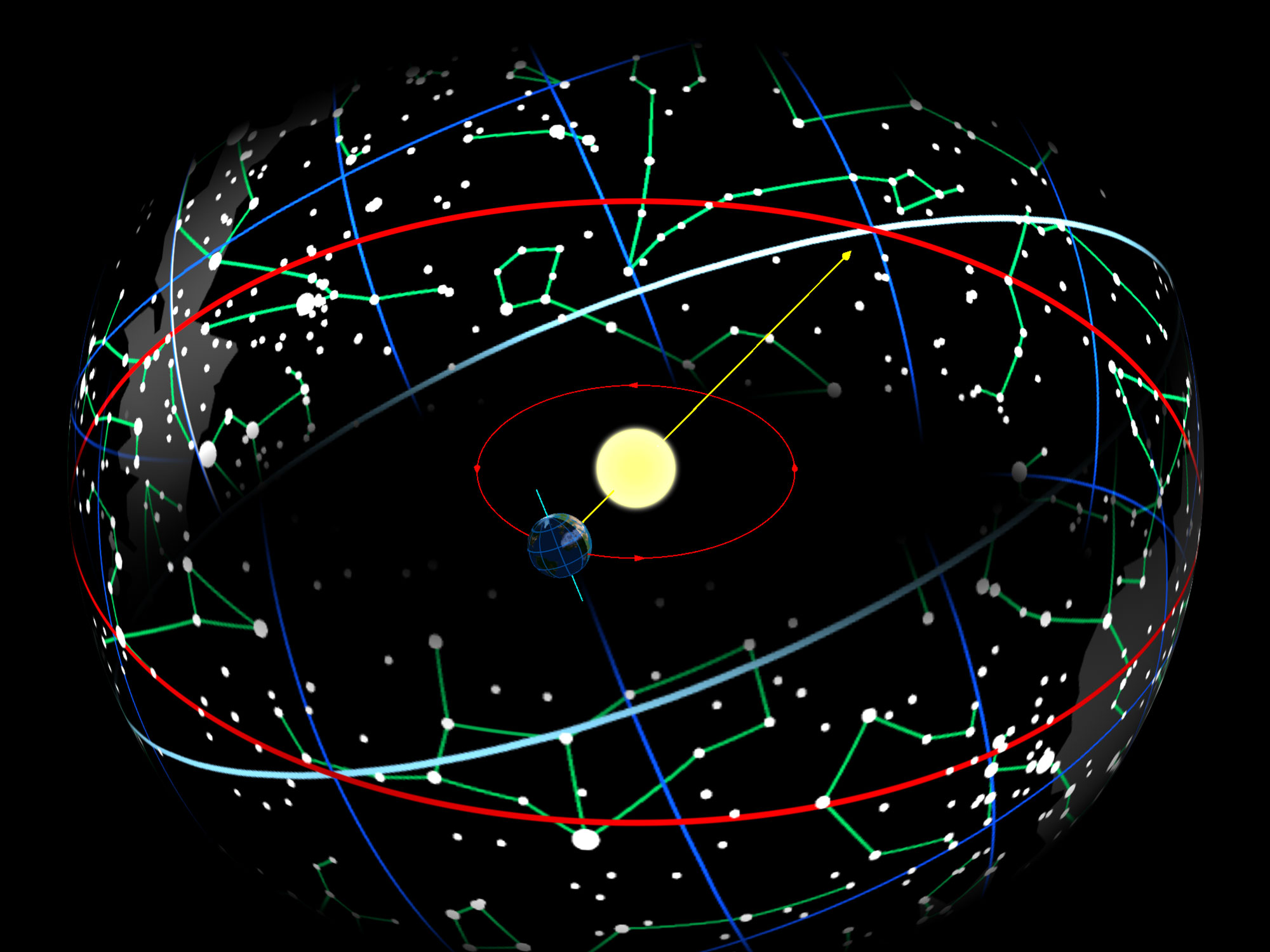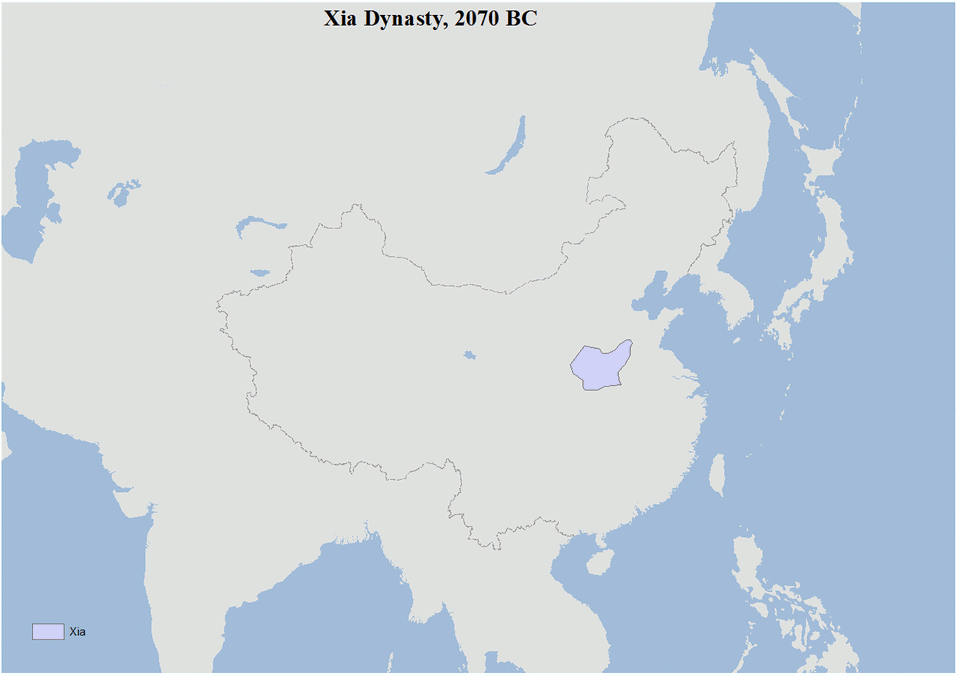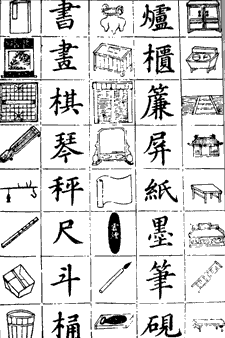|
Sheep (zodiac)
The Goat (, sometimes also translated Sheep or Ram) is the eighth of the 12-year cycle of animals which appear in the Chinese zodiac related to the Chinese calendar. This zodiacal sign is oftenWen Huang"Year of the Sheep, Goat or Ram?"''Chicago Tribune,'' January 31, 2003. Retrieved 8 February 2015. referred to as the "Ram" or "Sheep" sign, since the Chinese word ''yáng'' is more accurately translated as Caprinae, a taxonomic subfamily that includes both goats and sheep, but contrasts with other animal subfamily types such as Bovinae, Antilopinae, and other taxonomic considerations which may be encountered in the case of the larger family of Bovidae in Chinese mythology, which also includes the Ox (zodiac). The Year of the Goat is associated with the 8th Earthly Branch symbol, 未 (''wèi''). Goat or Sheep The Chinese word ''yáng'' refers to both goats and sheep, whereas the terms ''shānyáng'' () and ''miányáng'' () refer exclusively to goats and sheep, respectively. [...More Info...] [...Related Items...] OR: [Wikipedia] [Google] [Baidu] |
Regular Script
Regular script (; Hepburn: ''kaisho''), also called (), (''zhēnshū''), (''kǎitǐ'') and (''zhèngshū''), is the newest of the Chinese script styles (popularized from the Cao Wei dynasty c. 200 AD and maturing stylistically around the 7th century). It is the most common style in modern writings and third most common in publications (after the Ming and gothic styles, which are used exclusively in print). History The ''Calligraphy Manual of Xuanhe Era'' (; Xuānhé Shūpǔ) credit Wáng Cìzhòng () with creating Regular script based on Clerical script in the early Western Hàn. This script came into popular usage between the Eastern Hàn and Cáo Wèi dynasties,Qiú 2000 p. 143 and its first known master was Zhōng Yáo (; sometimes also read Zhōng Yóu), who lived in the Eastern Hàn to Cáo Wèi period, c. 151–230 CE. He is also known as the "father of regular script", and his famous works include the ''Xuānshì Biǎo'' (), ''Jiànjìzhí Biǎo'' (), and ... [...More Info...] [...Related Items...] OR: [Wikipedia] [Google] [Baidu] |
Vietnamese Language
Vietnamese ( vi, tiếng Việt, links=no) is an Austroasiatic language originating from Vietnam where it is the national and official language An official language is a language given supreme status in a particular country, state, or other jurisdiction. Typically the term "official language" does not refer to the language used by a people or country, but by its government (e.g. judiciary, .... Vietnamese is spoken natively by over 70 million people, several times as many as the rest of the Austroasiatic family combined. It is the native language of the Vietnamese people, Vietnamese (Kinh) people, as well as a second language, second language or First language, first language for List of ethnic groups in Vietnam, other ethnic groups in Vietnam. As a result of overseas Vietnamese, emigration, Vietnamese speakers are also found in other parts of Southeast Asia, East Asia, North America, Europe, and Australia (continent), Australia. Vietnamese has also been officially recognized a ... [...More Info...] [...Related Items...] OR: [Wikipedia] [Google] [Baidu] |
Nature
Nature, in the broadest sense, is the physical world or universe. "Nature" can refer to the phenomena of the physical world, and also to life in general. The study of nature is a large, if not the only, part of science. Although humans are part of nature, human activity is often understood as a separate category from other natural phenomena. The word ''nature'' is borrowed from the Old French ''nature'' and is derived from the Latin word ''natura'', or "essential qualities, innate disposition", and in ancient times, literally meant " birth". In ancient philosophy, ''natura'' is mostly used as the Latin translation of the Greek word '' physis'' (φύσις), which originally related to the intrinsic characteristics of plants, animals, and other features of the world to develop of their own accord. The concept of nature as a whole, the physical universe, is one of several expansions of the original notion; it began with certain core applications of the word φύσις by ... [...More Info...] [...Related Items...] OR: [Wikipedia] [Google] [Baidu] |
Lunisolar Calendar
A lunisolar calendar is a calendar in many cultures, combining lunar calendars and solar calendars. The date of Lunisolar calendars therefore indicates both the Moon phase and the time of the solar year, that is the position of the Sun in the Earth's sky. If the sidereal year (such as in a sidereal solar calendar) is used instead of the solar year, then the calendar will predict the constellation near which the full moon may occur. As with all calendars which divide the year into months there is an additional requirement that the year have a whole number of months. In this case ordinary years consist of twelve months but every second or third year is an embolismic year, which adds a thirteenth intercalary, embolismic, or leap month. Their months are based on the regular cycle of the Moon's phases. So lunisolar calendars are lunar calendars with – in contrast to them – additional intercalation rules being used to bring them into a rough agreement with the solar ... [...More Info...] [...Related Items...] OR: [Wikipedia] [Google] [Baidu] |
Zodiac
The zodiac is a belt-shaped region of the sky that extends approximately 8° north or south (as measured in celestial latitude) of the ecliptic, the apparent path of the Sun across the celestial sphere over the course of the year. The paths of the Moon and visible planets are within the belt of the zodiac. In Western astrology, and formerly astronomy, the zodiac is divided into twelve signs, each occupying 30° of celestial longitude and roughly corresponding to the following star constellations: Aries, Taurus, Gemini, Cancer, Leo, Virgo, Libra, Scorpio, Sagittarius, Capricorn, Aquarius, and Pisces. These astrological signs form a celestial coordinate system, or more specifically an ecliptic coordinate system, which takes the ecliptic as the origin of latitude and the Sun's position at vernal equinox as the origin of longitude. Name The English word ' derives from , the Latinized form of the Ancient Greek ( ), meaning "cycle or circle of little anim ... [...More Info...] [...Related Items...] OR: [Wikipedia] [Google] [Baidu] |
History Of China
The earliest known written records of the history of China date from as early as 1250 BC, from the Shang dynasty (c. 1600–1046 BC), during the reign of king Wu Ding. Ancient historical texts such as the ''Book of Documents'' (early chapters, 11th century BC), the ''Bamboo Annals'' (c. 296 BC) and the ''Records of the Grand Historian'' (c. 91 BC) describe a Xia dynasty before the Shang, but no writing is known from the period, and Oracle Bone script, Shang writings do not indicate the existence of the Xia. The Shang ruled in the Yellow River valley, which is commonly held to be the cradle of Chinese civilization. However, Neolithic civilizations originated at various cultural centers along both the Yellow River and Yangtze, Yangtze River. These Yellow river civilization, Yellow River and Yangtze civilizations arose millennia before the Shang. With thousands of years of continuous history, China is among the world's oldest civilizations and is regarded as one of the Cradle of ... [...More Info...] [...Related Items...] OR: [Wikipedia] [Google] [Baidu] |
Chinese Characters
Chinese characters () are logograms developed for the writing of Chinese. In addition, they have been adapted to write other East Asian languages, and remain a key component of the Japanese writing system where they are known as '' kanji''. Chinese characters in South Korea, which are known as '' hanja'', retain significant use in Korean academia to study its documents, history, literature and records. Vietnam once used the ''chữ Hán'' and developed chữ Nôm to write Vietnamese before turning to a romanized alphabet. Chinese characters are the oldest continuously used system of writing in the world. By virtue of their widespread current use throughout East Asia and Southeast Asia, as well as their profound historic use throughout the Sinosphere, Chinese characters are among the most widely adopted writing systems in the world by number of users. The total number of Chinese characters ever to appear in a dictionary is in the tens of thousands, though most are g ... [...More Info...] [...Related Items...] OR: [Wikipedia] [Google] [Baidu] |
Written Chinese
Written Chinese () comprises Chinese characters used to represent the Chinese language. Chinese characters do not constitute an alphabet or a compact syllabary. Rather, the writing system is roughly logosyllabic; that is, a character generally represents one syllable of spoken Chinese and may be a word on its own or a part of a polysyllabic word. The characters themselves are often composed of parts that may represent physical objects, abstract notions, or pronunciation. Literacy requires the memorization of a great number of characters: college-educated Chinese speakers know about 4,000. The large number of Chinese characters has in part led to the adoption of Western alphabets or other complementary systems as auxiliary means of representing Chinese. Various current Chinese characters have been traced back to the late Shang Dynasty about 1200–1050 BC,William G. Boltz, Early Chinese Writing, World Archaeology, Vol. 17, No. 3, Early Writing Systems. (Feb., 1986), pp. 420–436 ... [...More Info...] [...Related Items...] OR: [Wikipedia] [Google] [Baidu] |
Varieties Of Chinese
Chinese, also known as Sinitic, is a branch of the Sino-Tibetan language family consisting of hundreds of local varieties, many of which are not mutually intelligible. Variation is particularly strong in the more mountainous southeast of mainland China. The varieties are typically classified into several groups: Mandarin, Wu, Min, Xiang, Gan, Hakka and Yue, though some varieties remain unclassified. These groups are neither clades nor individual languages defined by mutual intelligibility, but reflect common phonological developments from Middle Chinese. Chinese varieties differ most in their phonology, and to a lesser extent in vocabulary and syntax. Southern varieties tend to have fewer initial consonants than northern and central varieties, but more often preserve the Middle Chinese final consonants. All have phonemic tones, with northern varieties tending to have fewer distinctions than southern ones. Many have tone sandhi, with the most complex patterns in ... [...More Info...] [...Related Items...] OR: [Wikipedia] [Google] [Baidu] |
Yin And Yang
Yin and yang ( and ) is a Chinese philosophical concept that describes opposite but interconnected forces. In Chinese cosmology, the universe creates itself out of a primary chaos of material energy, organized into the cycles of yin and yang and formed into objects and lives. Yin is the receptive and yang the active principle, seen in all forms of change and difference such as the annual cycle (winter and summer), the landscape (north-facing shade and south-facing brightness), sexual coupling (female and male), the formation of both men and women as characters and sociopolitical history (disorder and order). Taiji or Tai chi () is a Chinese cosmological term for the "Supreme Ultimate" state of undifferentiated absolute and infinite potential, the oneness before duality, from which yin and yang originate. It can be compared with the old '' wuji'' (, "without pole"). In the cosmology pertaining to yin and yang, the material energy, which this universe has created itself out ... [...More Info...] [...Related Items...] OR: [Wikipedia] [Google] [Baidu] |
Astrological Sign
In Western astrology, astrological signs are the twelve 30-degree sectors that make up Earth's 360-degree orbit around the Sun. The signs enumerate from the first day of spring, known as the First Point of Aries, which is the vernal equinox. The astrological signs are Aries, Taurus, Gemini, Cancer, Leo, Virgo, Libra, Scorpio, Sagittarius, Capricorn, Aquarius, and Pisces. The Western zodiac originated in Babylonian astrology, and was later influenced by the Hellenistic culture. Each sign was named after a constellation the sun annually moved through while crossing the sky. This observation is emphasized in the simplified and popular sun sign astrology. Over the centuries, Western astrology's zodiacal divisions have shifted out of alignment with the constellations they were named after by axial precession of the Earth while Hindu astrology measurements correct for this shifting. Astrology (i.e. a system of omina based on celestial appearances) was developed in Chin ... [...More Info...] [...Related Items...] OR: [Wikipedia] [Google] [Baidu] |
China
China, officially the People's Republic of China (PRC), is a country in East Asia. It is the world's List of countries and dependencies by population, most populous country, with a Population of China, population exceeding 1.4 billion, slightly ahead of India. China spans the equivalent of five time zones and Borders of China, borders fourteen countries by land, the List of countries and territories by land borders, most of any country in the world, tied with Russia. Covering an area of approximately , it is the world's third List of countries and dependencies by area, largest country by total land area. The country consists of 22 provinces of China, provinces, five autonomous regions of China, autonomous regions, four direct-administered municipalities of China, municipalities, and two special administrative regions of China, Special Administrative Regions (Hong Kong and Macau). The national capital is Beijing, and the List of cities in China by population, most populous cit ... [...More Info...] [...Related Items...] OR: [Wikipedia] [Google] [Baidu] |



.jpg)
.jpg)


